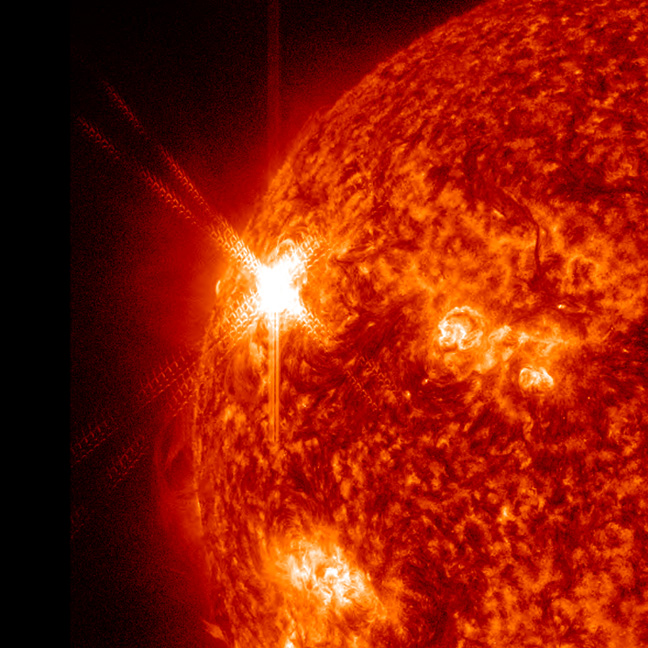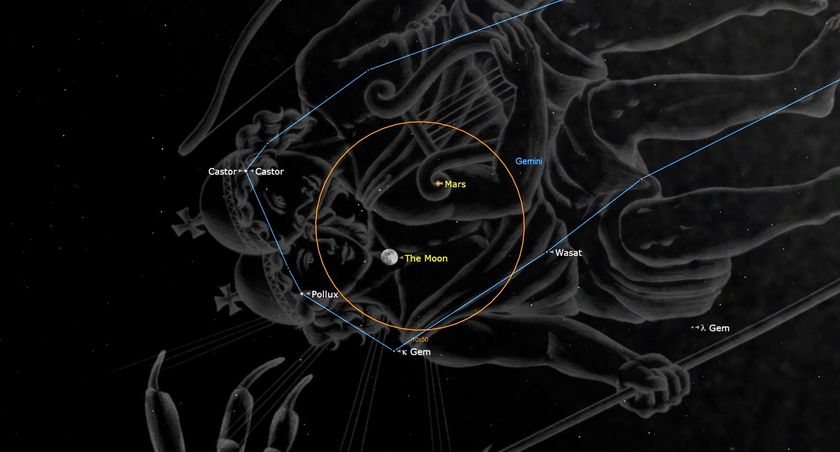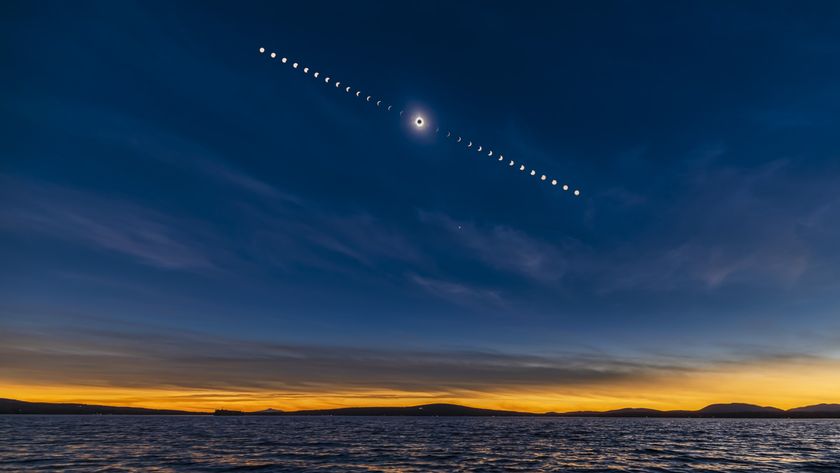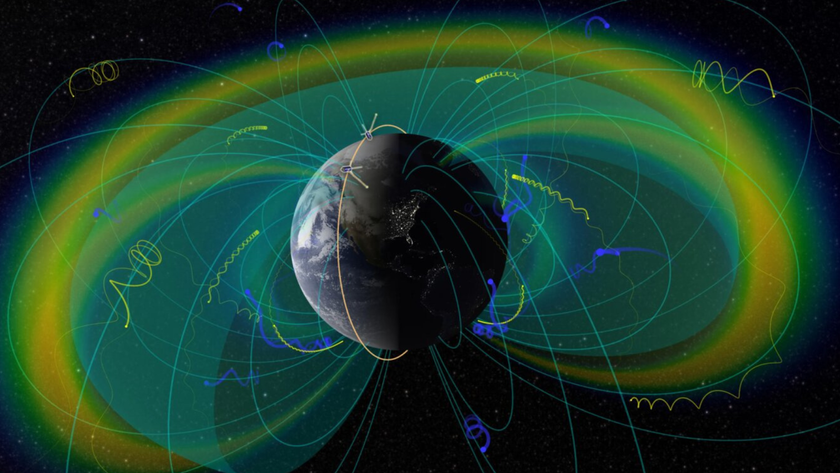Giant Sunspot Unleashes Massive Solar Flare

A powerful solar flare that erupted Thursday (Nov. 3) from a huge blemish on the sun's surface has been classified as an X1.9 flare, ranking it among the most powerful types of storms our star can unleash.
The flare originated in a humongous sunspot that was sighted earlier this week, which is one of the largest sunspots seen in years. The event began at 4:27 p.m. ET (2027 GMT).
The flare "triggered some disruption to radio communications on Earth beginning about 45 minutes later," NASA officials wrote in a statement. "Scientists are continuing to watch this active region as it could well produce additional solar activity as it passes across the front of the sun."
NASA's Solar Dynamics Observatory and twin Stereo sun-watching spacecraft snapped photos and video of the huge solar flare during the solar storm.
A flare is a powerful release of energy that brightens the sun, and is often associated with an area of increased magnetic activity on the solar surface. This magnetic activity can also inhibit the flow of heat to the surface in a process called convection, creating darkened areas on the face of the sun called sunspots.
The huge active region on the sun right now, called AR11339, is about 50,000 miles (80,000 km) long, several times wider than the Earth.
"This large and complex active region just rotated onto the disk and we will watch it for the next 10 days," astronomers with NASA's Solar Dynamics Observatory satellite wrote in an update.
Get the Space.com Newsletter
Breaking space news, the latest updates on rocket launches, skywatching events and more!
Later on the same day as the flare, in another area of the sun, a burst of charged particles called a coronal mass ejection released from the surface. This eruption came from the back side of the sun and is headed toward the planet Venus, so should not pose any risk to Earth.
Because NASA has a suite of spacecraft observing the sun at all times from many directions, the agency was able to observe the coronal mass ejection as well as the solar flare.
Scientists say we probably haven't seen the last of activity from this dynamic region of the sun.
"The large, bright active region remains potent," officials from the National Oceanic and Atmospheric Administration (NOAA). "Odds are good there's more to come."
And recent events are just part of a larger ramping up of action on the sun lately, as our star moves toward the peak of activity in its 11-year cycle around 2013.
You can follow SPACE.com assistant managing editor Clara Moskowitz on Twitter @ClaraMoskowitz. Follow SPACE.com for the latest in space science and exploration news on Twitter @Spacedotcom and on Facebook.
Join our Space Forums to keep talking space on the latest missions, night sky and more! And if you have a news tip, correction or comment, let us know at: community@space.com.

Clara Moskowitz is a science and space writer who joined the Space.com team in 2008 and served as Assistant Managing Editor from 2011 to 2013. Clara has a bachelor's degree in astronomy and physics from Wesleyan University, and a graduate certificate in science writing from the University of California, Santa Cruz. She covers everything from astronomy to human spaceflight and once aced a NASTAR suborbital spaceflight training program for space missions. Clara is currently Associate Editor of Scientific American. To see her latest project is, follow Clara on Twitter.
Most Popular




